The British Presence
in Southern Patagonia
+ + Zillah Goudie (1872-1942) + +
Patagonia Water-Colourist
Background
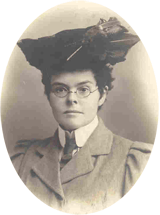
Zillah Hannah Goudie was born in 1872 in Derby, the oldest of four children. Her parents, William Payne Goudie and Lydia Hannah Kaye, ran a private school (probably Irvine House, Derby). William's family came from the parish of Dunrossness, Shetland; he was a chemist and university tutor, having graduated from London University in 1884. Zillah studied at the London Royal College of Science, and at the Manchester School of Technology, obtaining B.A. and B.Sc. qualifications in Geology (apparently in addition to engineering and surveying).
Zillah Goudie's interests appear to have been wide-ranging. She was a subscribing member of the Viking Club, which focussed on the ancient culture of Scandinavia; and to the Kipling Journal, a literary publication. She is also cited in an ornithological work on the fulmar, a resident species in Shetland; and her adventurous, inquiring spirit is well displayed in the article she wrote about trapping fulmar chicks on the remote Scottish island of St. Kilda in 1906, and her subsequent Trip in a "Codder".
Miss Goudie is not known to have married. She travelled to Punta Arenas in 1907, eventually returning to Britain and settling in Bingham (Notts.) where she died in 1942.
In Patagonia
Shortly after arriving in Punta Arenas in 1907, Zillah Goudie advertised her services for the assay of gold and other minerals. In 1923 she opened an "English School for Girls" in Avenida Colón, reportedly of a high standard; in 1931 she was a member of staff at St. James' College.
In Chile, Zillah Goudie is remembered for her water-colour paintings, several dozen of which survive in private collections. An exhibit of her work was mounted in 1978 by DIBAM (the Chilean national directorate of libraries, archives and museums). In the exhibition catalogue, Roque Esteban Scarpa has this to say about Zillah Goudie's work /see Source 1, below/ (rough translation follows):
Miss Goudie's water-colours are extraordinarily sharp and diaphanous, generally featuring Nature in solitude, peaceful, as if surprised in an eternal dawn of clean air, all this viewed with evident detachment and serenity. One notices her love for the subject, taking pleasure in the hues and details -- [but] eyes, alien to the landscape, look upon it with prolonged enjoyment, extending their gaze towards the distant or fading backdrop in the play of lights.
Gallery [link to view images in larger format]
The regional landscapes embody the same fundamental elements described by Scarpa: and they depict a special combination of scenery and tranquility that remains attractive to visitors today -- Patagonia's mountains, snows, glaciers and lakes.
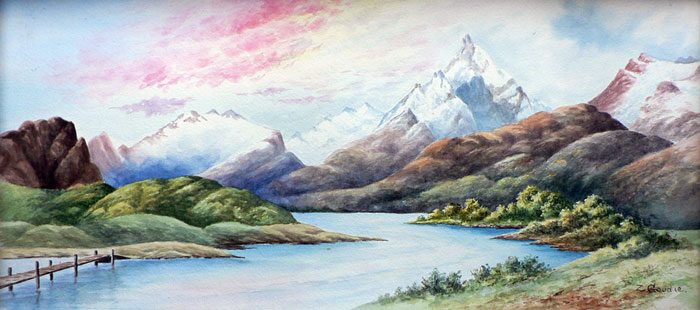 |
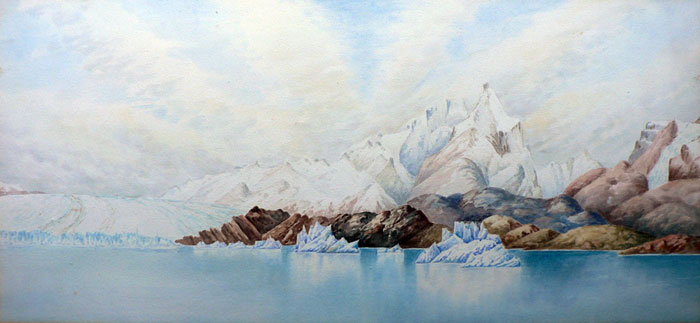 |
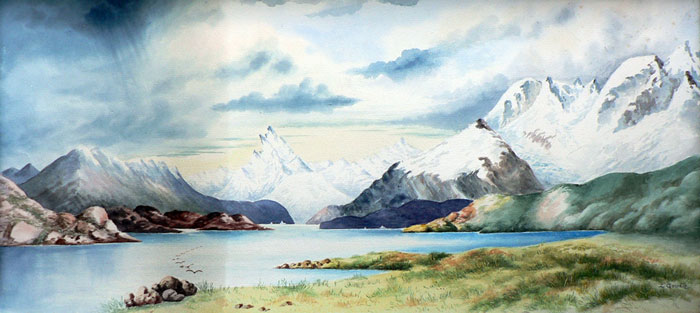 |
|
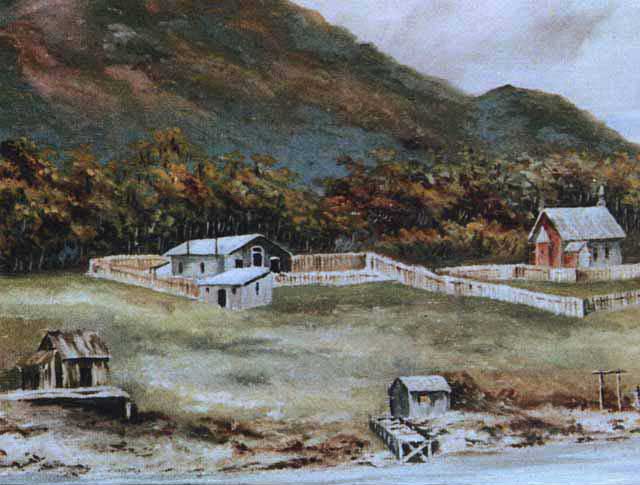 |
|
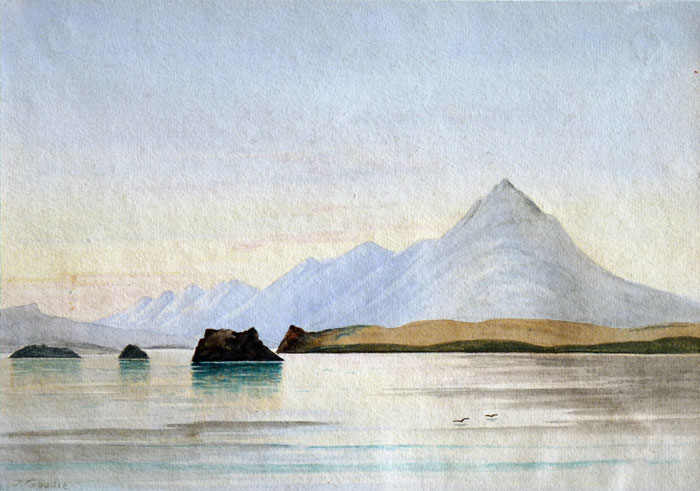 |
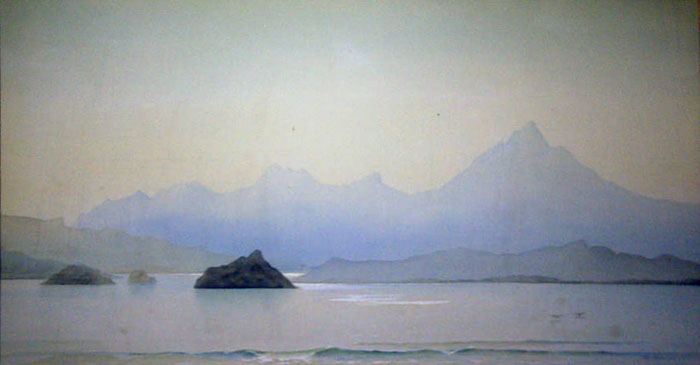 |
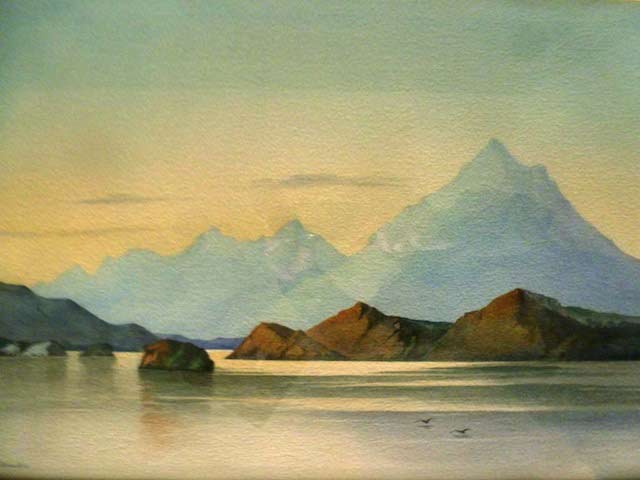 |
|
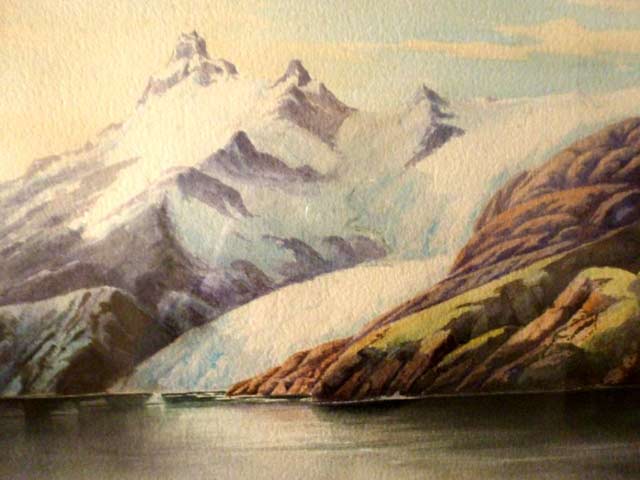 |
|
[Click on any image to enlarge]